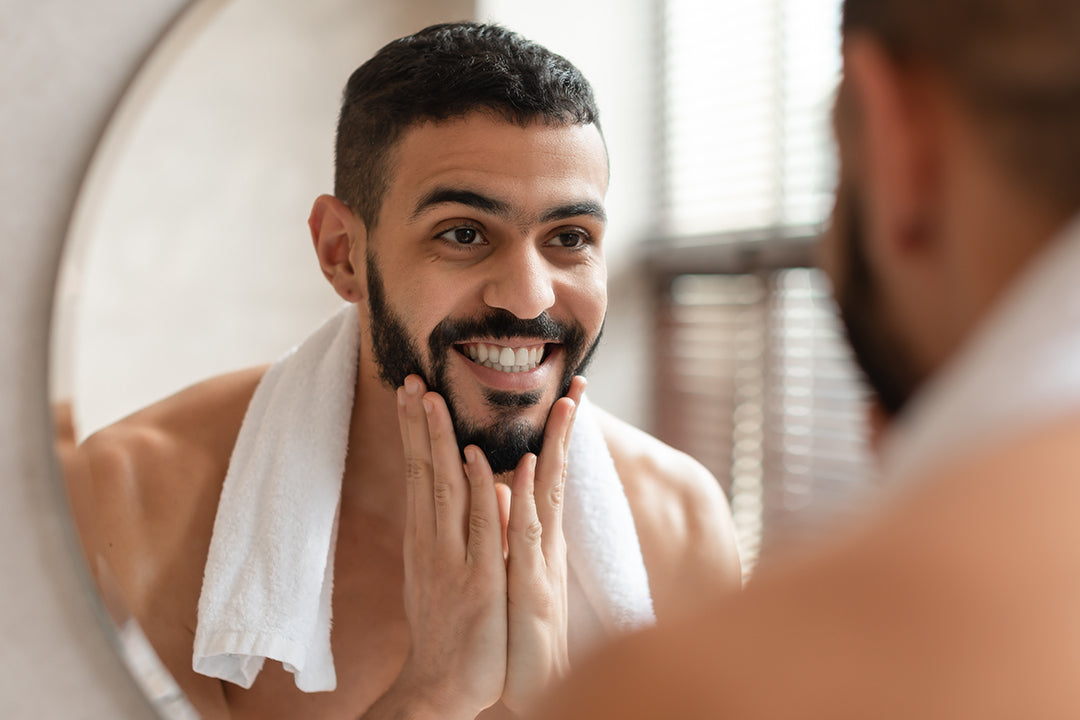Are you tired of those pesky spots on your skin? Do you find yourself confused between sun spots and freckles? Don't worry, we've got you covered. In this blog post, we will discuss the key differences between sun spots and freckles, how to identify them, and the best treatment options available. So, let's dive in!
What Are Sun Spots?
Sun spots, also known as solar lentigines, are small, dark patches that appear on the skin due to excessive sun exposure. They are more common in older individuals and typically appear on areas that are exposed to the sun, such as the face, hands, and shoulders. Sun spots are caused by an overproduction of melanin, the pigment responsible for giving color to our skin.
What Are Freckles?
Freckles, on the other hand, are small, flat spots that are usually tan or light brown in color. They are caused by an increased production of melanin in certain areas of the skin. Freckles are often hereditary and are more common in individuals with fair skin. Unlike sun spots, freckles can appear on any part of the body, including areas that are not exposed to the sun.
Sun Spots vs Freckles: What's the Difference?
Now that we know the basics, let's discuss the key differences between sun spots and freckles:
- Cause: Sun spots are primarily caused by sun exposure, while freckles can be hereditary or caused by sun exposure.
- Color: Sun spots are usually darker in color, ranging from light brown to black. Freckles, on the other hand, are lighter in color and can vary from tan to light brown.
- Location: Sun spots typically appear on areas exposed to the sun, while freckles can appear anywhere on the body.
- Size: Sun spots are usually larger in size compared to freckles, which are smaller and more scattered.
How to Treat Sun Spots and Freckles?
Now that you can differentiate between sun spots and freckles, let's talk about the best treatment options available:
- Laser Treatment: Laser treatment is an effective way to remove both sun spots and freckles. It works by targeting the excess melanin in the skin and breaking it down. This treatment is non-invasive and requires minimal downtime.
- Chemical Peels: Chemical peels can also help lighten sun spots and freckles. These peels contain ingredients that exfoliate the skin and promote the growth of new, healthier skin cells.
- Topical Creams: There are various creams available in the market that can help fade sun spots and freckles. Look for creams containing ingredients like glycolic acid, retinol, and niacinamide.
- Over-the-counter products: Look for products containing hydroquinone, retinol, or vitamin C, which can help lighten dark spots.
- Microdermabrasion: This procedure involves gently sanding the skin to remove the top layer, revealing fresher skin underneath.
Preventing Sun Spots and Freckles:
Prevention is always better than cure. Here are some tips to help prevent sun spots and freckles:
- Wear sunscreen with a high SPF every day, even on cloudy days.
- Seek shade during peak sun hours.
- Wear protective clothing, such as hats and long sleeves.
- Avoid tanning beds and sunlamps.
FAQs About Sun Spots and Freckles
Q1. Can freckles turn into sunspots?
A. While freckles are more likely to appear in people with fair skin who are prone to sunburns, prolonged sun exposure can darken existing freckles and contribute to the development of sunspots.
Q2. Are sunspots and freckles harmful?
A. Both freckles and sunspots are generally harmless. However, it's essential to protect your skin from the sun to prevent further damage and reduce the risk of skin cancer.
Q3. Can I prevent sunspots and freckles?
A. While you can't completely prevent freckles, you can significantly reduce the risk of developing sunspots by consistently using sunscreen, wearing protective clothing, and seeking shade when the sun is strongest.
Q4. How can I fade existing sunspots and freckles?
A. There are various treatments available to fade sunspots and freckles, including over-the-counter products, chemical peels, microdermabrasion, laser therapy, and prescription medications. Consulting a dermatologist can help determine the best approach for your skin.
Q5. Will sunspots and freckles come back after treatment?
A. The likelihood of sunspots and freckles returning depends on the treatment method and your sun protection habits. Consistent sun protection is crucial to prevent new spots from forming.
Takeaways
Sun spots and freckles may look similar, but they have distinct differences. Understanding these differences can help you identify the spots on your skin and choose the right treatment option. Remember to always protect your skin from the sun to prevent the formation of sun spots and freckles. If you have any concerns or questions, consult a dermatologist who can provide personalized advice based on your skin type and condition.
Take care of your skin and embrace your natural beauty.









